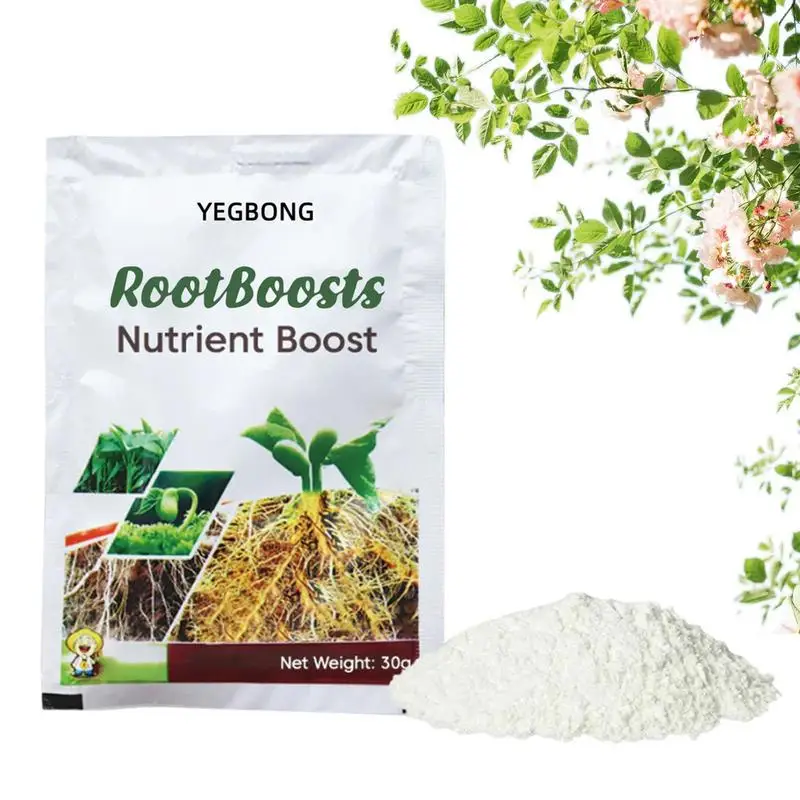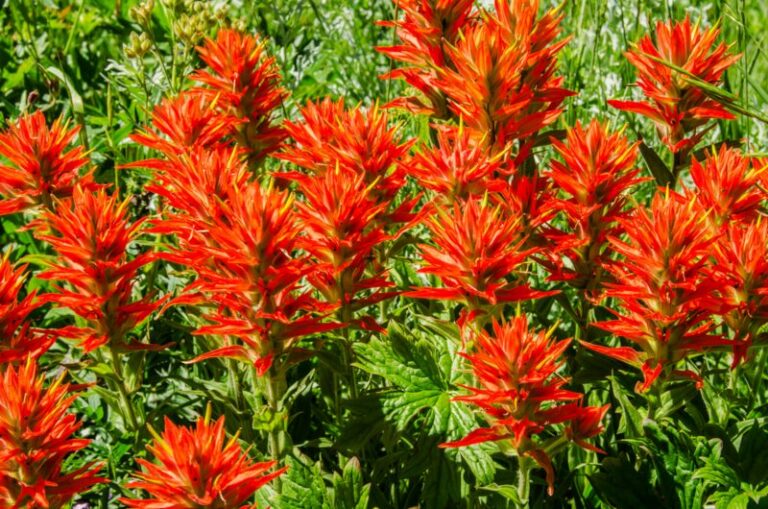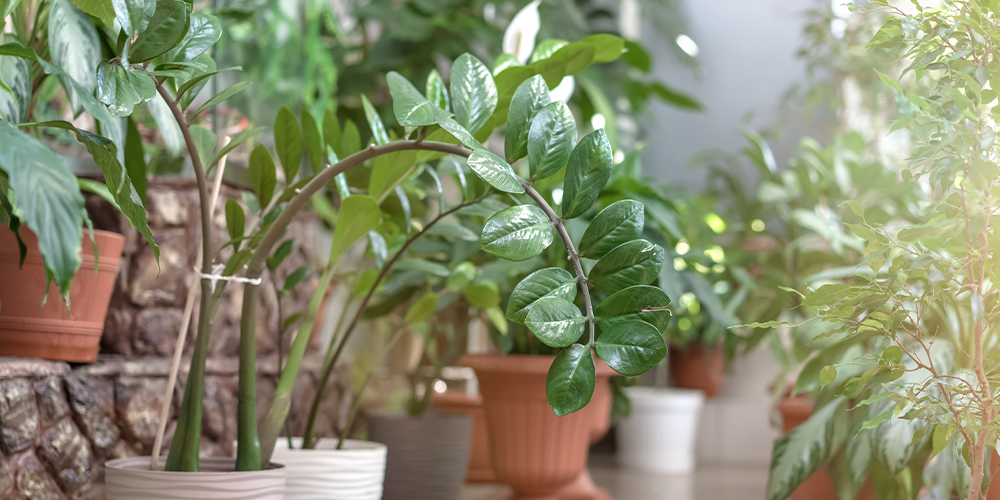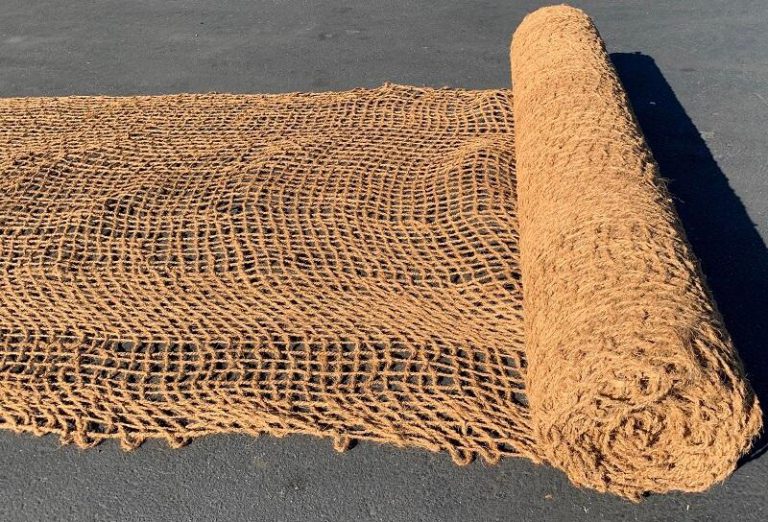Using Hormone Rooting Powder to Boost Cutting Success Rates Effectively

There’s a certain thrill—and, if we’re honest, a bit of trepidation—when you hover over a fresh cutting, rooting powder in one hand and hope in the other. The first time I tried propagating cuttings, I ended up with a limp graveyard lining my sunny window. Maybe you’ve experienced that too: stems that stubbornly refuse to root, turning brown and mushy before you even have time to realize what went wrong. It took me years (and frankly, more than a few failed attempts) before I cracked the code on using hormone rooting powder for reliable results.

Let’s pull back the curtain and look beyond those cookie-cutter instructions. Here are some real-world secrets—the details only seasoned propagators tend to share after they’ve made all the classic mistakes.
The Rooting Powder Rookie Mistake No One Warns You About
Early on, I treated hormone powder like fairy dust: sprinkle liberally and magic will happen. The result? An outbreak of fuzzy white mold straight from a gardener’s horror story. It turns out less is more—a lesson I learned after losing an entire tray of Persian shield cuttings one humid June.
True insider tip: After dipping your moistened cutting into the hormone powder, tap gently until there’s barely anything visible: just a thin haze along the cut end and nodes. Picture powdered sugar catching morning light on toast—that's all you need.

The Forgotten Step That Doubles Your Success Rate
Most instructions skip this, but here’s something veteran horticulturalists do without fail: pre-poking your hole in the planting medium with a pencil or chopstick rather than jamming the cutting into soil directly. Why? Pushing it in scrapes off most of those precious hormones (and damages stem tissue). When I finally started making skinny pilot holes before planting, my success rate jumped from about 30% to closer to 70%—especially with stubborn woods like hydrangea and lilac.
Timing Matters More Than You Think
Back in spring 2019, I ran a head-to-head test: same plant (coleus), same technique... except one batch used cuttings taken at sunrise when sap flow was strongest; another batch in late afternoon when plants were drooping from sun stress.
Result? The “golden hour” morning batch rooted nearly three days faster on average—and suffered far less rot along the way. These nuances rarely make it onto packaging labels but absolutely tilt odds in your favor.

The Humidity Hack—No Fancy Equipment Needed
You’ll hear about humidity domes or propagators priced at $30 or more. Truth is, my best rooting has always come under DIY setups: plastic produce bags tented over pots with two toothpicks poked through for air circulation. Once upon an August heatwave, this humble setup saved dozens of hoya cuttings when every uncovered one shriveled away within days.
Insider numbers: Aim for intermittent misting so leaves feel dewy but never sopping wet—and remember to lift your dome daily for fresh air (otherwise fungus will move in faster than you can say “damping off”).
A Story from My Greenhouse Bench
During my stint as a public garden volunteer circa 2017, we tackled rose propagation—the kind that separates dabblers from diehards! Armed with Clonex Rooting Gel and classic powdered hormone (both work, but each has its quirks), we took sixty rosewood cuttings split evenly between powdered hormone and none at all.
After five weeks? Nineteen out of thirty “powdered” roses rooted soundly; five out of thirty without hormone survived. But even among successes, the root systems weren’t equal: those using rooting powder sent out denser roots by week four—a difference that showed up months later as stronger growth outdoors.

Moral? Root mass matters just as much as sheer count—and rooting powder doesn’t just help more roots strike; it spurs better root systems right from day one.
Avoiding Contamination—The Almost-Invisible Culprit
Cross-contamination is stealthy: dip once into your main tub of powder after handling just-cut stems, and hidden bacteria can silently spread through every future cutting batch.
My fix: Always decant what I need onto clean foil, never returning leftovers to the jar—even if it means wasting a gram now and then. Over six seasons propagating rare coleus stocks for fundraisers, this habit kept mysterious outbreaks at bay while others lost trays to sudden wilt or gray mold.

Final Troubleshooting Wisdom—Learn Your Species’ Quirks
Some plants are show-offs—they’ll root even if you forget them under a bench for weeks (looking at you, pothos!). Others are downright prima donnas: think camellia or lavender. Before giving up or blaming yourself or your supplies:
- Double-check the age of your rooting powder; efficacy drops sharply after two years (mark dates directly on tubs).
- Experiment with media: perlite + peat blends have nearly doubled my azalea success rate compared to basic potting soil.
- Don’t underestimate temperature swings—propagating near heating vents versus cool windowsills has made or broken whole batches for me over winter seasons.
And here’s one last secret handshake among successful plant parents: track successes side-by-side each season (“with powder/without,” clear labeling)—so your intuition gets sharper over time rather than relying just on memory or internet averages.
Ready for Your Next Attempt?
This weekend could be different—you armed with clean tools, patience…and these small-but-mighty tweaks learned the hard way by old hands like mine.
So gather that healthy houseplant,
line up labels (“powder vs none!”),
set aside those 20-30 minutes,
and remember:
Every thriving new root isn’t luck—it’s experience passed down…and soon enough, yours too.
Dip lightly.
Tap off excess.
Pre-poke that hole.
Keep things humid—but airy.
Record everything.
And next time someone asks how you get such consistent propagation results? Smile knowingly—you know where real success begins…with tricks shared around greenhouse benches just like these.



